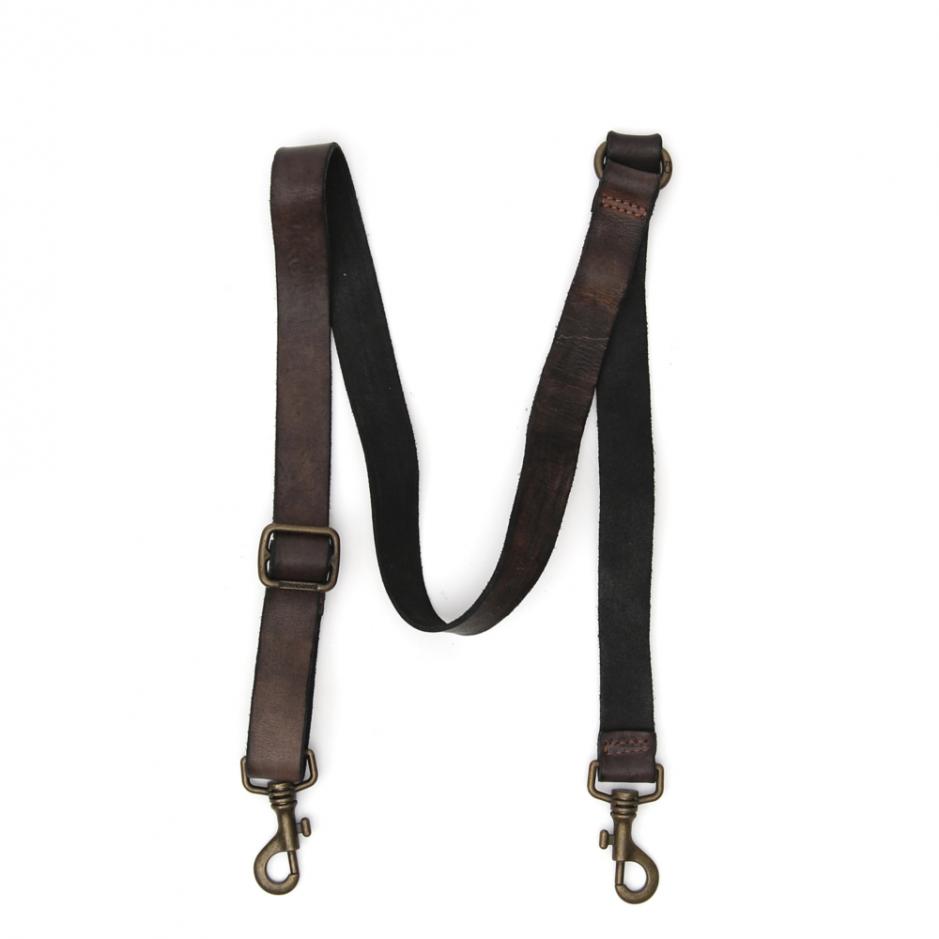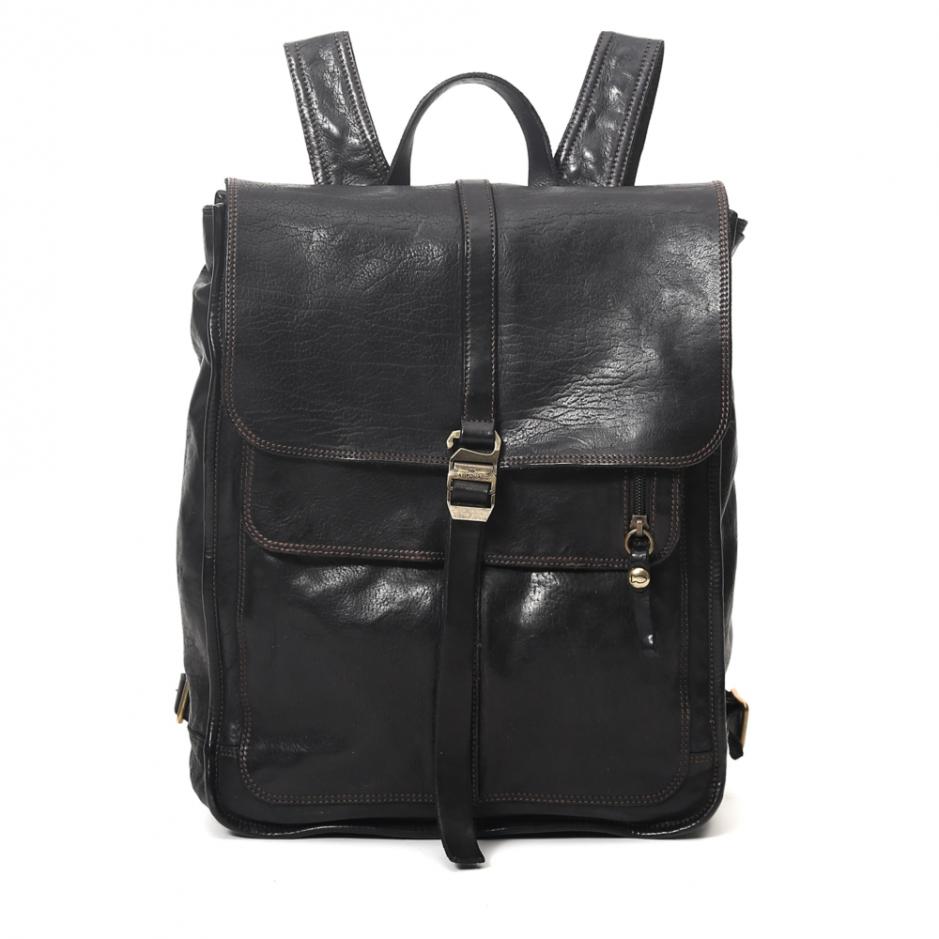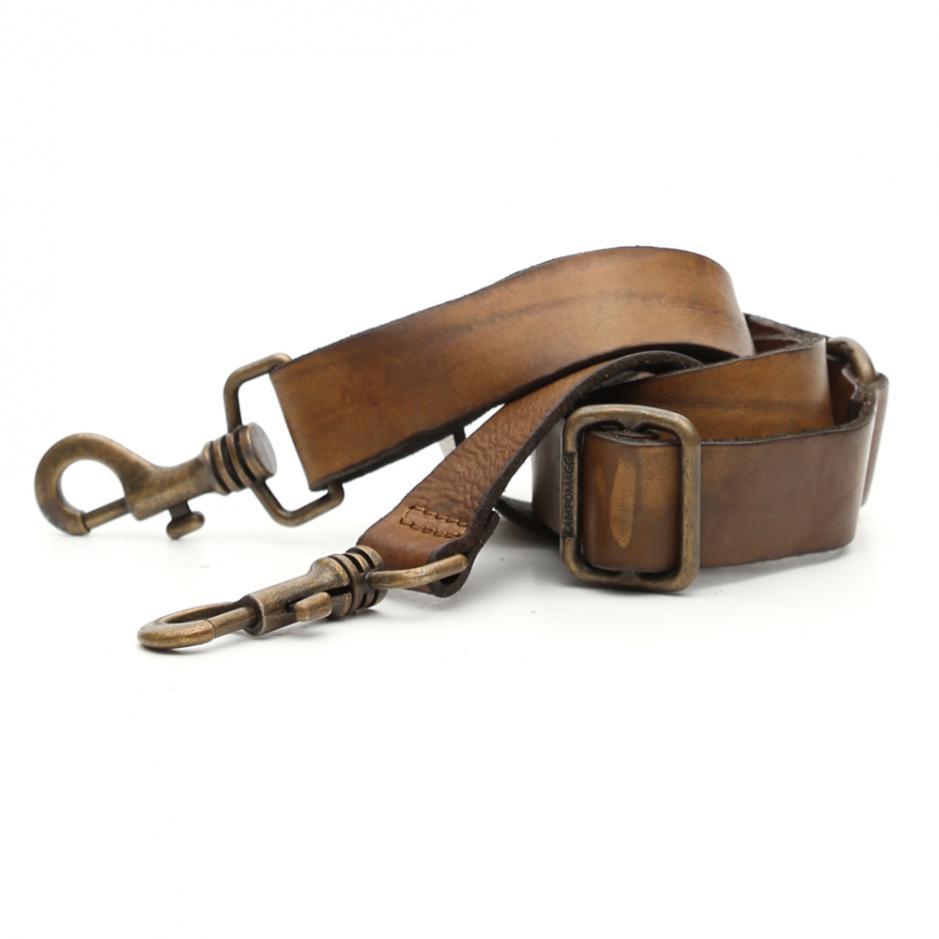Prodotto Calda
-
In offerta!

Tracolle e accessori per borse Donna|Uomo | Campomaggi Classic Egrigio
€ 90.00€ 44.88 Acquista -
In offerta!

Borse a secchiello Donna | Campomaggi Zefiro Earancione
€ 81.00€ 40.48 Acquista -
In offerta!

Zaini Uomo | Campomaggi Classic Enero
€ 154.80€ 76.56 Acquista -
In offerta!

Tracolle e accessori per borse Donna|Uomo | Campomaggi Classic Everde
€ 105.00€ 44.88 Acquista
I Più Venduti
-
In offerta!

Cinture Donna | Campomaggi Diamante Emarrone
€ 67.50€ 40.48 Acquista -
In offerta!

Portafogli e piccola pelletteria Donna | Campomaggi Bella di Notte Earancione
€ 76.50€ 40.48 Acquista -
In offerta!

Portafogli e piccola pelletteria Donna | Campomaggi Malibù Earancione
€ 99.00€ 40.48 Acquista -
In offerta!

Borse a spalla Donna | Campomaggi Ventura Emarrone
€ 154.80€ 76.56 Acquista













